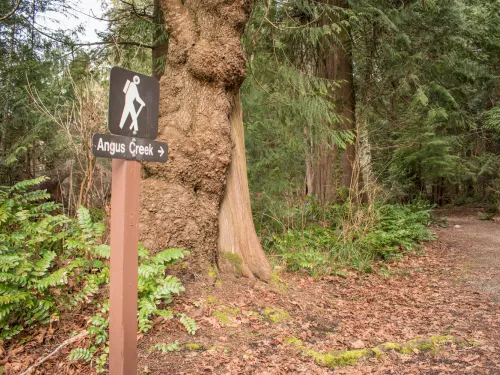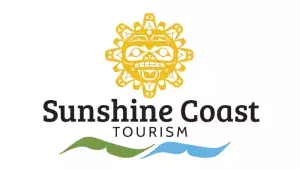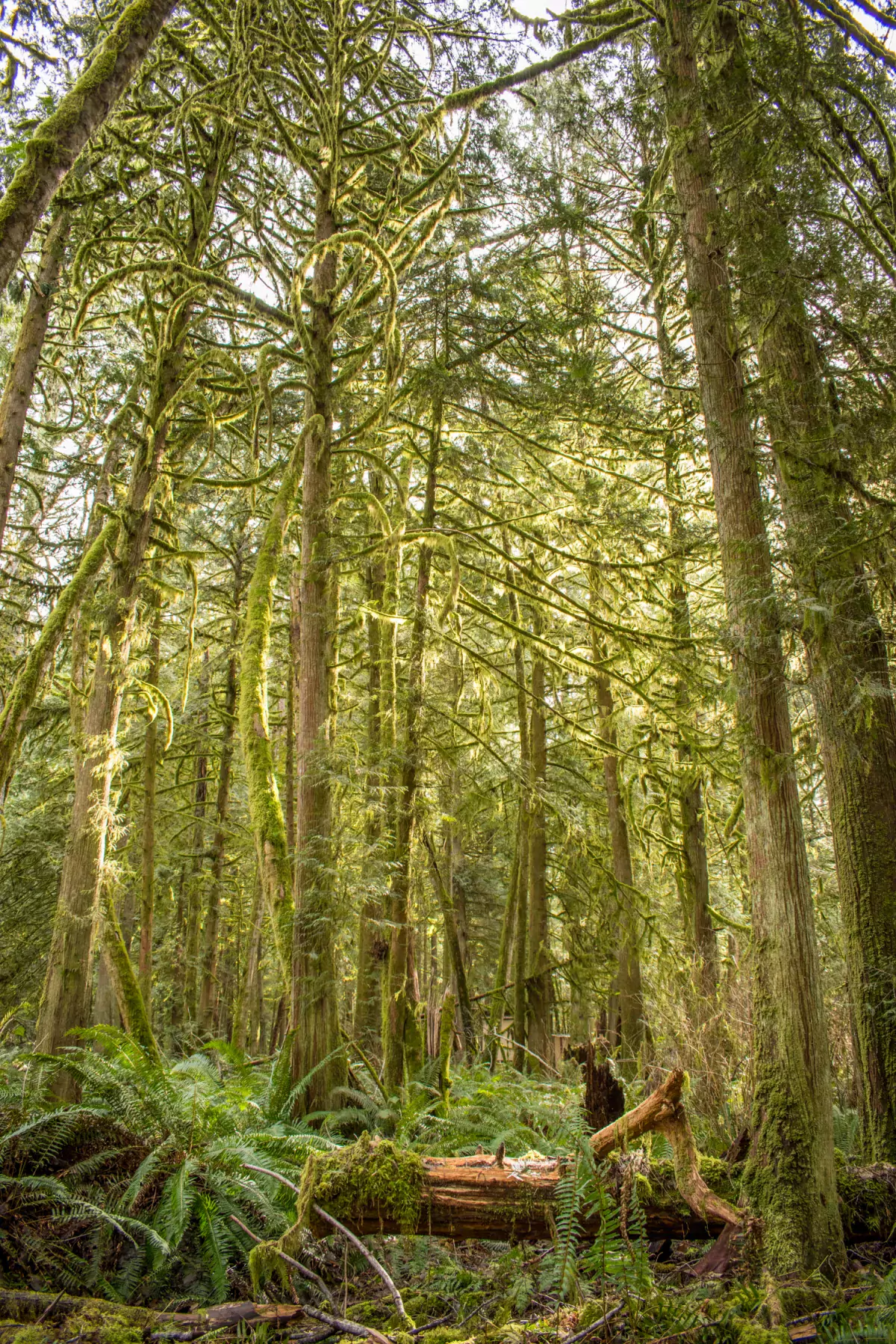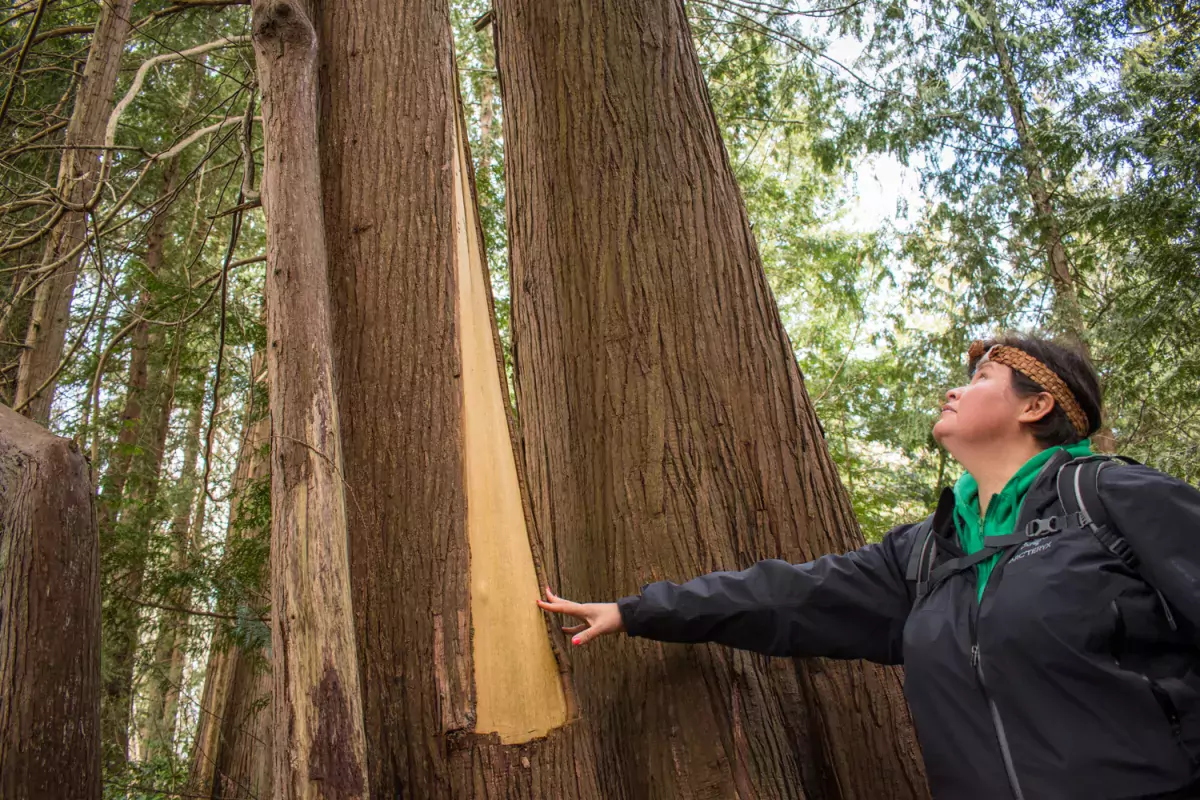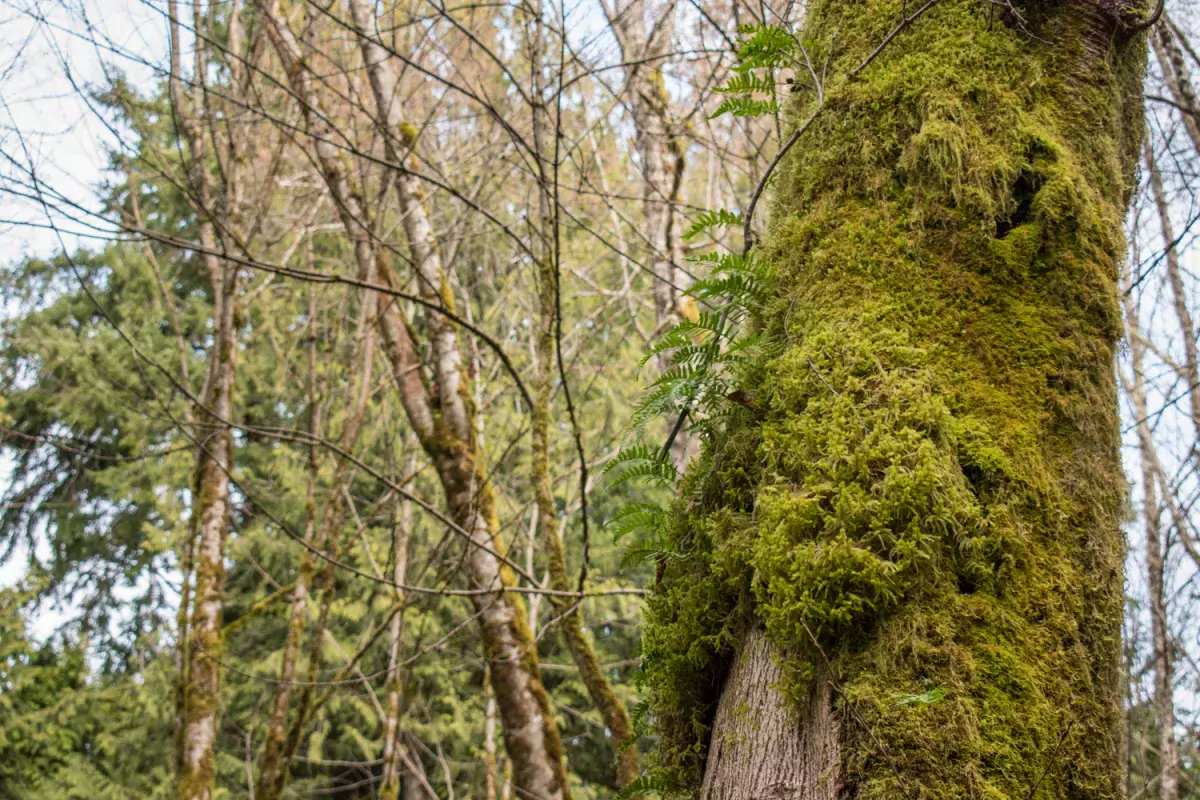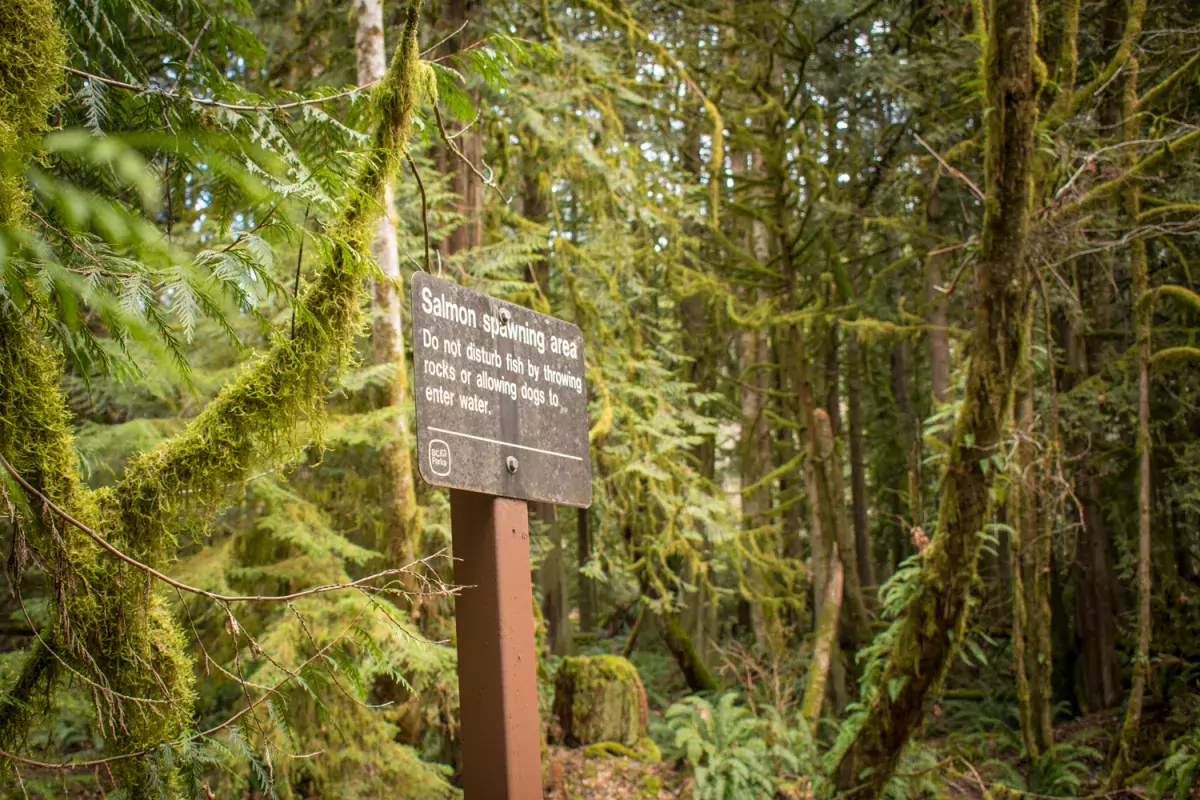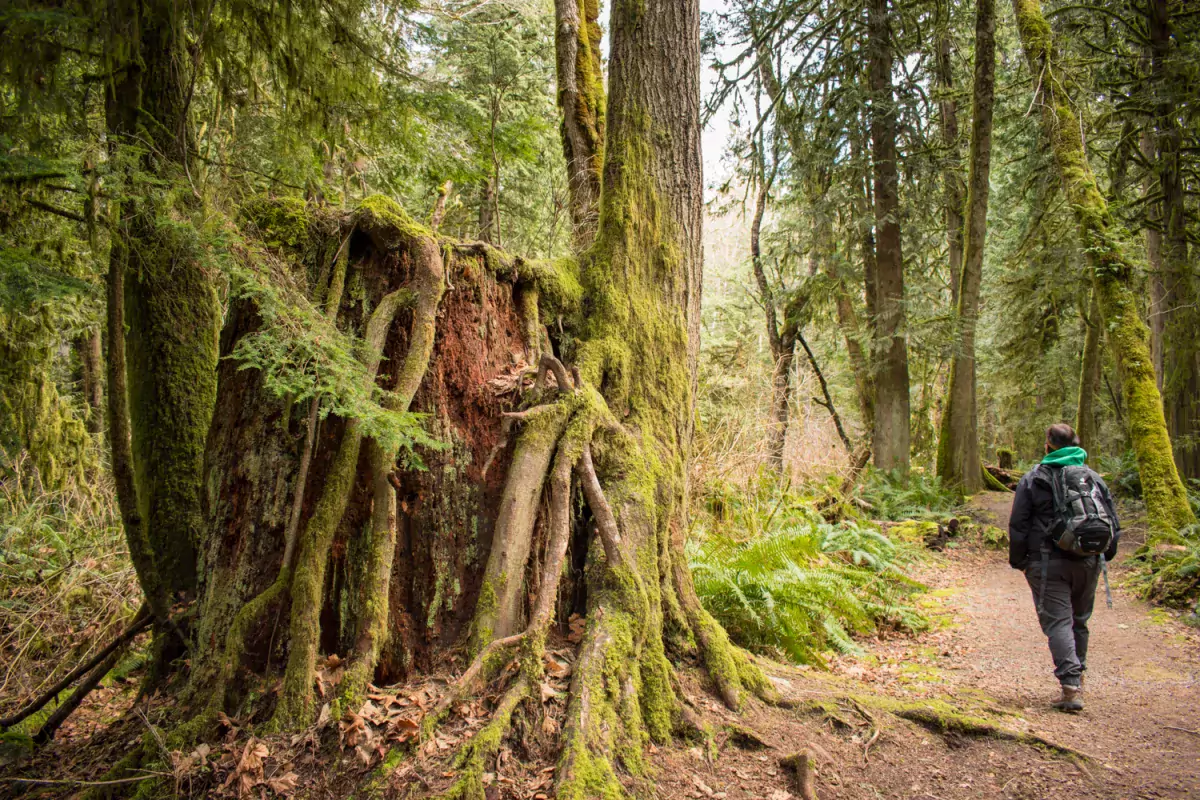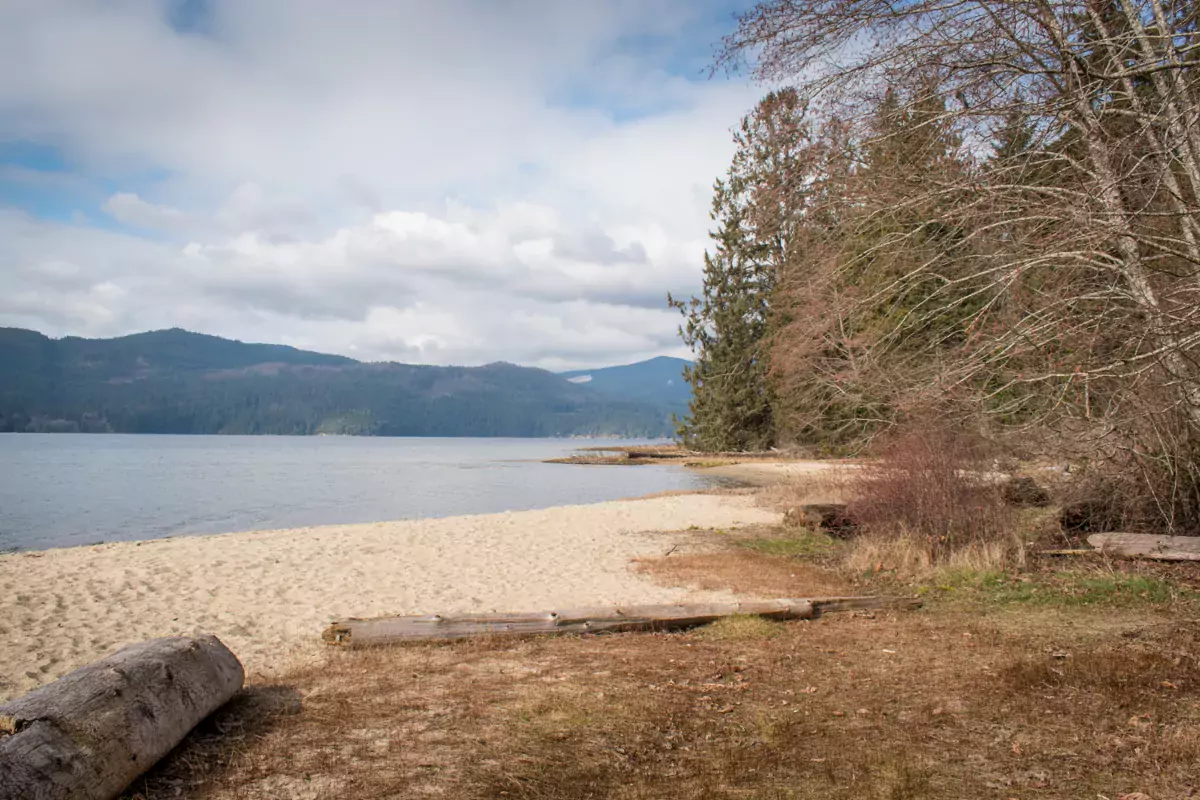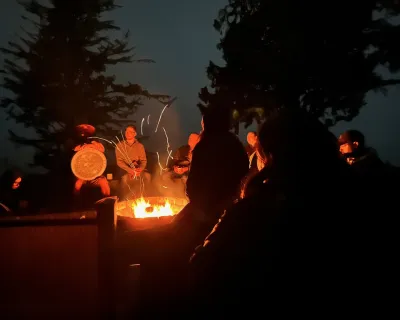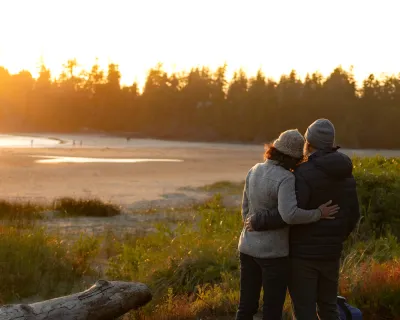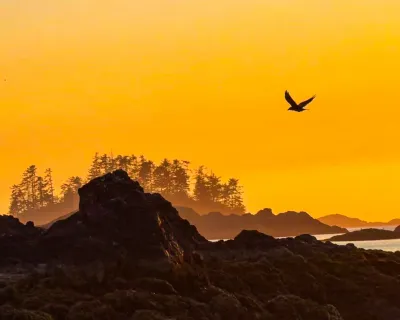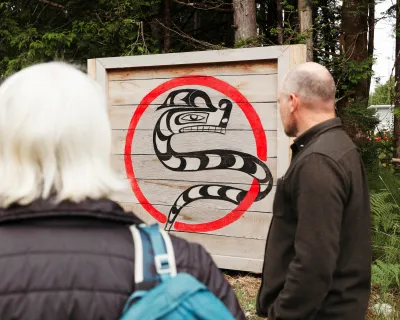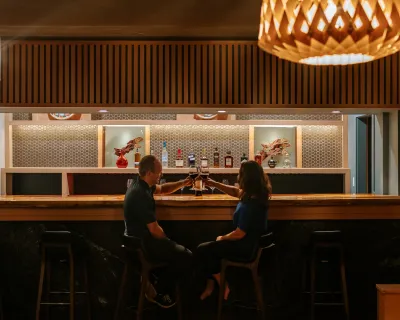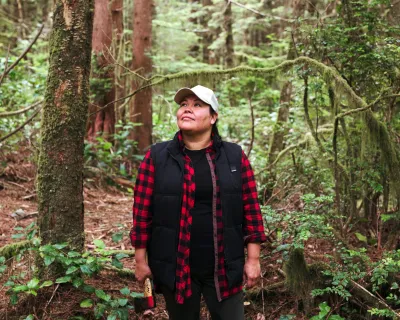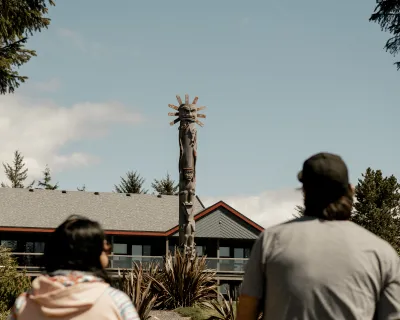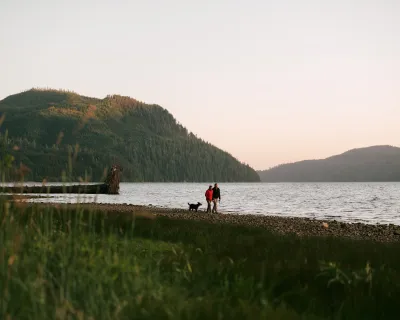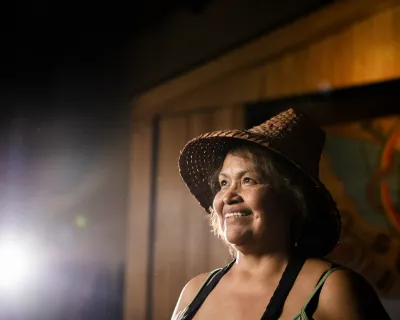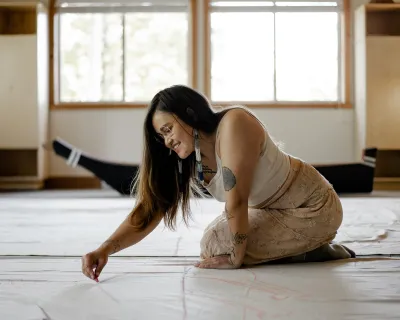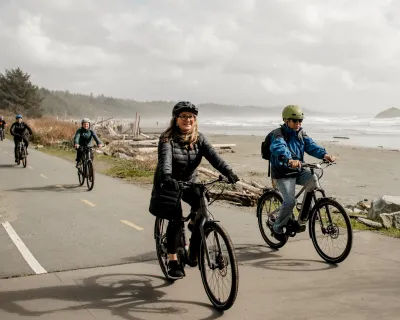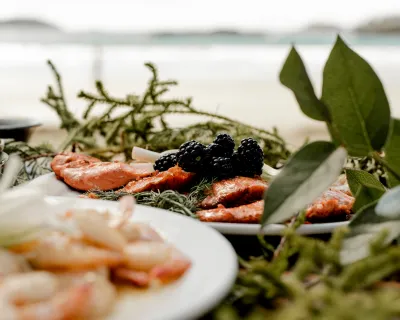Forests of the Sunshine Coast with Talaysay Tours
REBECCA BOLLWITT (aka Miss604)
“This whole area is one fantastic, giant archeological site,” Candace Campo told me as we convened near the picnic area of Porpoise Bay Provincial Park on the Sunshine Coast.
Candace, who was wearing a beautifully woven cedar headband, explained the entire park area is a traditional Sechelt First Nation village site, filled with resources, history, and even her own childhood memories.
Video by Chris Wheeler Media
The first time I met Candace she took me around Stanley Park with Chief Ian Campbell of the Squamish First Nation to introduce me to the Talking Trees tour experiences offered by her company Talaysay Tours. This time, we were meeting up near her ancestral home in Sechelt.
“For me it’s literally coming home. I’ve been so fortunate to grow up on the Sunshine Coast and specifically the Porpoise Bay Area. To be able to walk in these trails, it just brings back such great memories and I really want to share that with our guests.”
We walked across the family picnic area and down to the sandy beaches along Sechelt Inlet, where we found the start of the Angus Creek trail system that winds through the 60-hectare second-growth forest.
My eyes tried to take in all of the hues of green that sprouted and hung before me. The unlimited shades of green would put any home improvement store’s paint swatch book to shame.
Stopping only a few steps into the forest trail, Candace introduced a cedar tree where a strip of bark had been removed.
Traditionally, the cedar was known as The Tree of Life because it gave so much to the indigenous people of the area. Its trunks were used for lodging and transportation in the form of house posts and canoes, its bark stripped and used for weaving baskets and clothing – including water-tight garments. “Our Gore-Tex back in the day!” Candace said.
Candace explained they would never harvest more than a quarter of a tree’s bark, so that it could still thrive in the forest. “It has given itself to us already.”
From the roots, to the oils, and the needles, Candace told me how every bit of every type of tree found in the Sunshine Coast’s rainforest was useful to the inhabitants of the area. And the usefullness of the trees didn’t stop in the boughs of evergreens. Maple trees along the creek’s edges were covered in a lush blanket of moss out of which the licorice fern grew. The licorice root was used to treat and prevent digestive issues. The moss itself was used in medical procedures, for baby diapers, and for feminine hygiene.
“We had what we refer to as a preventative approach to health. If you were ill, then you just needed to know and embrace the plants and environment for what was provided to us by nature.”
I spotted the familiar salmonberry bush which had not yet started to flower. Candace pointed to the shoots and told me they are a delicious candy-like snack. The bushes along the path opened up and we found ourselves on a sandy bank beside the creek, home to precious salmon.
When the salmon arrive, Candace says, it helps complete the circle of life.
They swim into streams and creeks and the bears catch the fish and take them into the forest to feast. The carcasses of the fish bring nutrients to the trees.
Candace says the bear is their teacher. She points to another example: when the bears come out of hibernation they feast on Cascara which comes in handy for a hungry post-hibernation bear or a community of people who had been eating winter rations.
She explained that while they were a hunting and gathering culture, they also practiced various forms of agriculture and aquaculture. That’s why certain plants grow and thrive in particular areas.
As we walked, Candace rattled off a seemingly endless grocery and pharmacy list that they sourced from these stunning forests alone for thousands of years.
Teas, lotions, paint, every inch of every plant and tree could be useful, Candace says. For instance, the Douglas Fir’s sap-like substance is a great fire starter, and its thick chocolate bark is ideal for preserving flame. Old man’s beard moss was used as medicine and salal berries, richer in antioxidants than blueberries, were eaten.
It’s important to note, that you should never just eat plants or berries in the woods unless you really know what you’re doing.
The Sunshine Coast has an incredibly robust diversity of plant life, and I was so fortunate to be navigating its hearty forests with such an amazing guide.
“My hope is for people to see the forest for its richness and complexity,” said Candace. “Hopefully they can then establish a new relationship with it.”
If you go
BC Ferries leaves from Horseshoe Bay in West Vancouver to the Sunshine Coast with around 10 sailings daily, plus sailings from Vancouver Island to the northern Sunshine Coast (Powell River), or you can take advantage of the many other transportation services including float planes, passenger ferry service, and more.
Video by Chris Wheeler Media
Keen on biking? Watch this video and learn how to bring your bike along on your Sunshine Coast adventure and bike to Porpoise Bay.
Sunshine Coast Tourism can help make plans.
Tag #SunshineCoastBC and #ZenSeekers on your travels here and you might be featured on their social media channels.
Like Our Facebook Page
